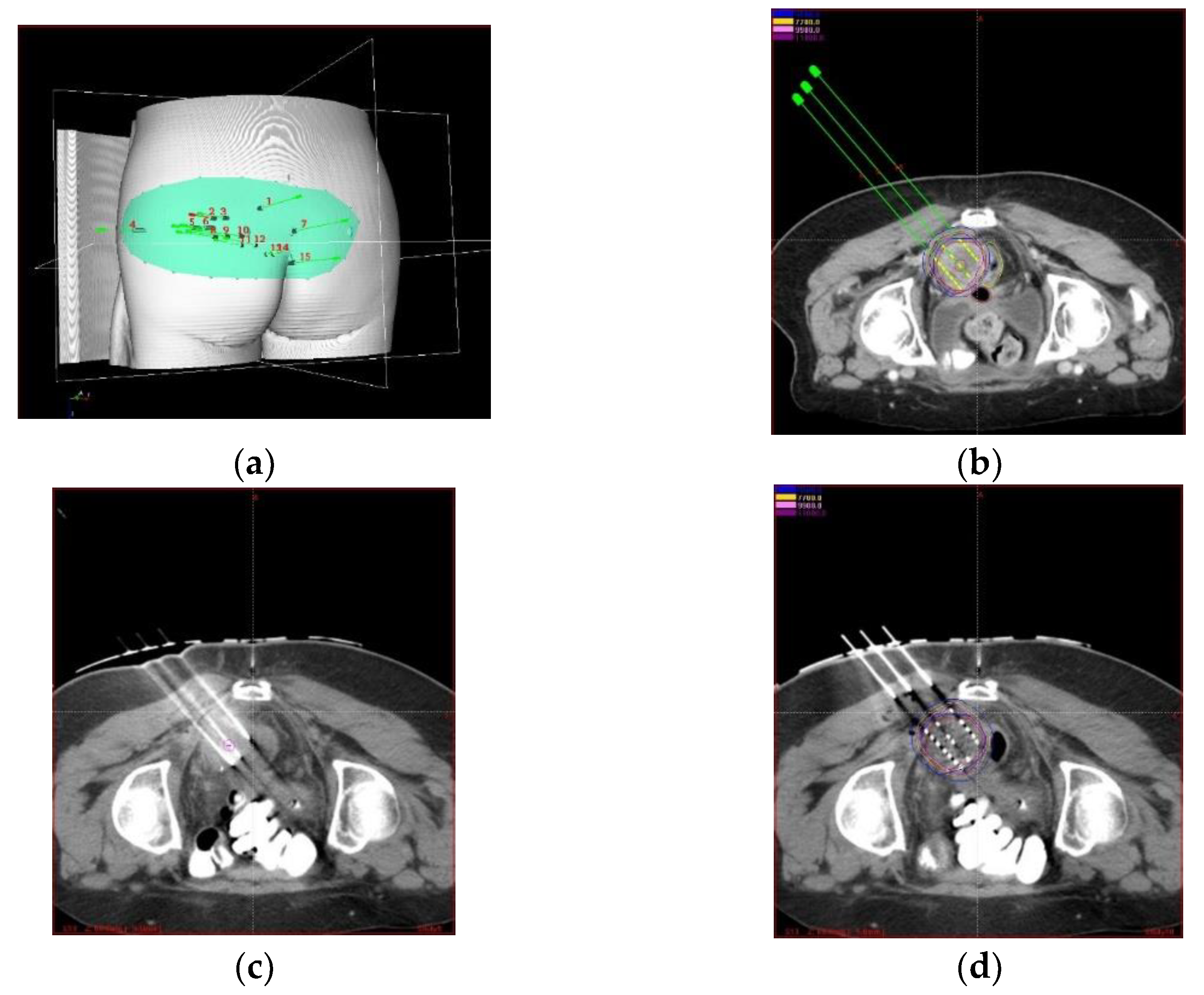Hey there, so today we’re talking about something called re-irradiation for endometrial cancer. Now, I know it might sound fancy, but don’t worry—I’ll break it down nice and simple for you. This is all about how doctors use extra rounds of radiation, sort of like giving cancer another “zap,” when it comes back after the first treatment didn’t work or if it comes creeping back after a while.
Alright, let’s get into it. Now, endometrial cancer, that’s the type that’s happening in the lining of the uterus. Sometimes, even after they’ve done surgery and given regular radiation, there’s still a chance the cancer might pop up again. That’s when they might start talking about re-irradiation, which just means giving radiation treatment again. It’s not an easy thing to decide on because doing this more than once can be tough on the body, but sometimes, it’s what gives patients a better chance.
Why Re-Irradiation Might Be Used
Now, one big reason they go with re-irradiation is because it helps get rid of any leftover cancer cells that might still be hanging around. See, after surgery, there can still be bits of cancer here and there, and using something like high-dose-rate (HDR) brachytherapy can zap those cells right where they are. They stick a little radiation source right near the cancer, and it’s like giving it a direct hit. This can lower the chances of that cancer growing back again.
How Re-Irradiation Works for Endometrial Cancer
Now, let me tell you how this works. When a person has a recurrence—meaning the cancer came back—the doctors have a few choices. They might try something called stereotactic body radiotherapy (SBRT). Now, that’s a big term, but basically, it’s like a very precise way to aim radiation at the cancer without hitting too much of the healthy stuff nearby. It’s kind of like how a good scarecrow keeps the crows off your corn but doesn’t scare the chickens! So with SBRT, they can give high doses, aiming just at the trouble spots, keeping the rest of the body safe.

Benefits and Risks
Of course, there are benefits and risks to this re-irradiation business. For one, it’s got a good chance of keeping the cancer under control—studies say local control rates can go up to 50% to 80% with some of these methods. And, they’re getting pretty good at keeping those nasty side effects at bay. The doctors have to weigh the risks for each person, though, because doing radiation again can mean more chance of things like skin problems, discomfort, and other complications.
Let me give you an example here. There’s something they call vaginal cuff brachytherapy for folks who had endometrial cancer come back in the vaginal area. This is kind of like HDR brachytherapy, but they aim it just where the tumor is, which can be safer for people with early-stage or lower-grade cancers. They say this can be about as effective as full pelvic radiation, so folks don’t always need to go through the whole shebang again.
Different Types of Re-Irradiation
Now, there’s more than one way to skin this cat. Sometimes, they’ll use 3D brachytherapy, where they take a 3D image to figure out the best places to zap the cancer. Other times, they might combine that with something called external beam radiation therapy (EBRT) if the cancer is a bit more spread out. It’s all about finding the best approach for each person. Doctors look at how big the cancer is, where it’s hiding, and how healthy the person is to make these choices.
- HDR Brachytherapy: Directly targets cancer cells with high-dose radiation.
- SBRT: Precise method for hitting smaller areas of cancer.
- 3D Brachytherapy with EBRT: Combo for harder-to-reach spots or bigger recurrences.
What Happens Next?
After re-irradiation, folks usually have to go for check-ups to see how things are holding up. The doctors keep an eye out for signs of the cancer coming back and also watch for any side effects from the treatment. It can be nerve-wracking, sure, but many patients get through it just fine, especially if the doctors are careful with the treatments. The good news is that there’s more hope now for those who get endometrial cancer more than once, thanks to these newer, targeted ways of doing radiation again.
To wrap it all up, re-irradiation for endometrial cancer is no walk in the park, but it gives folks a fighting chance even when the cancer thinks it can make a comeback. With all these new techniques, doctors can help more people live cancer-free, or at least keep it under control longer. So, if you or someone you know ever hears about re-irradiation, just remember that it’s another way to give cancer a run for its money, plain and simple.

Tags:[Endometrial cancer, Re-irradiation, HDR Brachytherapy, SBRT, Cancer treatment]








